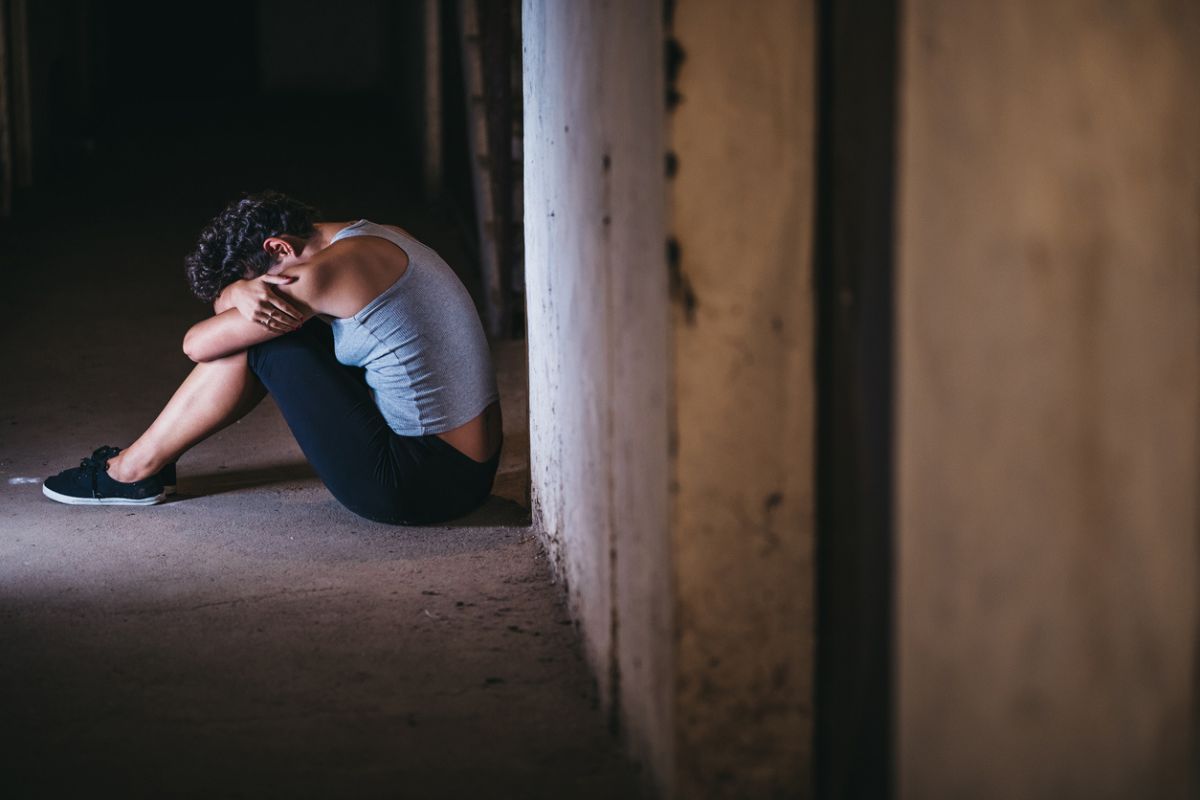The United States has long had a complicated relationship with marijuana. But since the feds banned the drug – and its byproducts – with the 1970 Controlled Substances Act, states have pushed back.
California led the way with a voter-led initiative, Prop. 215, in 1996, which legalized the drug for medical use. Over the next 20 years, most states followed suit. In 2012, Colorado and Washington went even further, legalizing marijuana for recreational use.
The results have been equally complicated.
Marijuana Research Followed Legislation
Broadly speaking, legalization saw an uptick in marijuana use (not surprising) and a drop in alcohol, cigarette, and pain medication sales – particularly among younger adults.
Economically speaking, research published late last year showed that “post-legalization, average state income grew by 3 percent, house prices by 6 percent, and population by 2 percent. However, substance use disorders, chronic homelessness, and arrests increased by 17, 35, and 13 percent, respectively.”
In the latest wave of what’s been a tsunami of scientific research since legalization, a just-published study suggests that marijuana use might lead to new anxiety disorders. In short, the Canadian researchers found that 27 percent of emergency room patients – admitted for cannabis-related issues – also developed an anxiety disorder within three years.
“Our results suggest that individuals requiring emergency department treatment for cannabis use were both at substantially increased risk of developing a new anxiety disorder and experiencing worsening symptoms for already existing anxiety disorders,” lead author Daniel Myran, MD, Clinician Investigator, Clinical Epidemiology Program at the Ottawa Hospital Research Institute explained in a press release.
What Were Those Results?
The team of researchers reported several critical results, such as:
- The study suggests that within three years of an ER visit, 27.5 percent of patients received an anxiety disorder diagnosis vs. 5.6 percent of the general population.
- Within that same timeframe, 12.3 percent of those ER patients who already had an anxiety disorder found themselves hospitalized because of that disorder. They got worse. That’s compared to 1.2 percent of the general population.
- For those admitted because of cannabis, the risk of hospitalization or an ER visit for an anxiety disorder jumped nearly 10 times that of the average patient.
- While the risk remained (mostly) steady regardless of age or gender, younger adults (between 10 and 24 years of age) and men found themselves at slightly greater risk.
Despite the wealth of new data, the researchers qualified their findings by refusing to assign causality. Nevertheless, this research appears to show that cannabis use might exacerbate anxiety.
“Cannabis use has rapidly increased in Canada over the past 15 years and there is a general sense that cannabis is relatively harmless or has health benefits. Our study cautions that in some individuals, heavy cannabis use may increase their risk of developing anxiety disorders,” Myran added.
Survey Specifics
The study, published in The Lancet, investigated more than 12 million Ontario, Canada, residents between 2008 and 2019, making it the is the largest study of its kind. None of the patients had previously received an anxiety diagnosis or treatment.
Researchers at the Bruyère Research Institute, the University of Ottawa Department of Family Medicine, The Ottawa Hospital, and ICES combed through health record data to compare the ER patient results against the general population.
The University of Ottawa and the Canadian Institutes for Health Research sponsored the research.
Further Reading
The Link Between Marijuana and Hallucinogen Use Among US Adolescents



